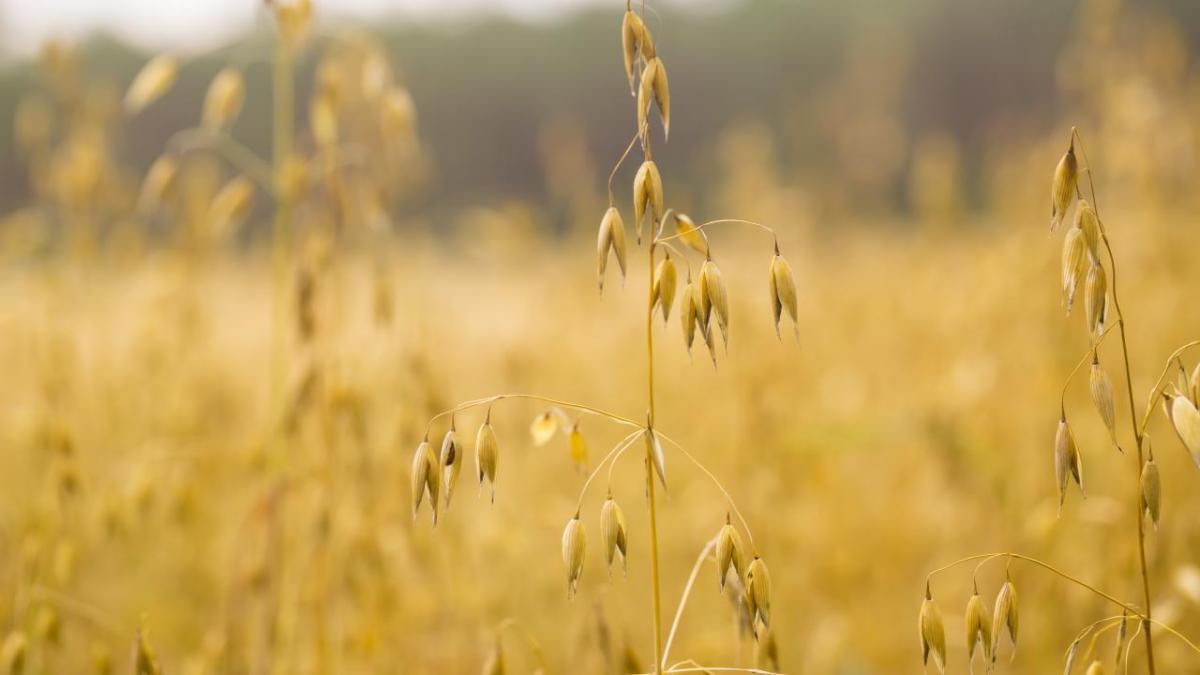This article appears in the June 2020 edition of RightRisk News
Approximately 60 million acres of forage are harvested annually in the United States, according to the National Agricultural Statistical Service (NASS). With lower commodity grain and oilseed prices along with high pasture rental rates and/or difficulty finding range and pasture to rent, some producers are considering ways to incorporate more forages into their crop rotations.
The benefits, in addition to a potential increase in income, can include better ground cover reducing wind erosion during fallow periods, increases in soil organic matter and other soil properties, better weed control, and better soil infiltration rates reducing water erosion. How to best incorporate annual forage crops into a rotation will depend upon location, local climate, primary crops, and management objectives.
Annual forages can be broken down into three main types: 1) cool-season, winter hardy (winter types), 2) cool-season, winter sensitive (spring types), and 3) warm-season, summer annuals. Winter hardy forages can be planted in the fall and grazed in the winter or early spring. Winter wheat, cereal rye and triticale are three of the common winter forages. Winter wheat is often used as a dual-purpose crop with grazing livestock removed early enough in the spring to allow for production of a grain crop. Oats, peas, and barley are some of the common spring-type forages. Sorghum, sorghum-sudan grass and millet are common warm season, summer annuals.
Rotation alternatives
How well these fit into a rotation will vary. In areas with adequate moisture, it is much easier to intensify the rotation by inserting the annual forages into fallow periods. Dryer areas must account for soil moisture conditions and exercise caution in how annual forages are introduced into the rotation.
Figure 1 offers a scenario where a typical, two-year corn-soybean rotation is expanded to a three-year rotation, including a double crop of annual forage in the third year. Bridging the gap between corn residue grazing in the winter and summer pasture is one of the primary objectives. This rotation provides annual forage grazing resources for the critical April-May period in the spring and for the October-November period in the fall. Of course, these forages could alternatively be mechanically harvested and fed throughout the year as needed.
Figure 2 depicts a scenario where a typical two-year, wheat-fallow rotation is expanded to a three-year rotation with up to three annual forages added to the winter wheat crop rotation. All of these annual forages would be considered “options” depending upon the prevailing soil moisture conditions, as would grazing of the winter wheat crop during the dormant season. In this rotation, each acre would produce a winter wheat crop and one to three annual forage crops every two years.


Insurance for Annual Forages
Soil moisture and precipitation present some of the biggest risks when planting annual forages. This is especially true in dryland production situations in relatively low precipitation areas. However, these risks can also represent a big consideration for irrigated production situations where irrigation water is restricted or potentially restricted.
The USDA Risk Management Agency (RMA) introduced the Annual Forage Insurance Plan (AFIP) in 2014. It is currently available in eight states (Colorado, Kansas, Nebraska, New Mexico, North Dakota, Oklahoma, South Dakota, and Texas). The 2018 Farm Bill added the Dual Use option for select counties in Colorado, Kansas, Nebraska, New Mexico, Oklahoma, and Texas.
The AFIP insures annual forages planted for use as livestock feed or fodder against low precipitation in four different growing seasons tied to 3-month planting periods and is based on precipitation index data provided by the National Oceanic and Atmospheric Administration (NOAA) - Climate Prediction Center.
- Growing Season 1, Planting Dates: Jul 16 – Oct 15, Rainfall coverage available Sept. 1—March 31
- Growing Season 2, Planting Dates: Oct 16 – Jan 15, Rainfall coverage available Dec. 1—June 30
- Growing Season 3, Planting Dates: Jan 16 – Apr 15, Rainfall coverage available March 1—Sept. 30
- Growing Season 4, Planting Dates: Apr 16 – Jul 15, Rainfall coverage available June 1—Nov 30
The annual signup deadline is July 15, regardless of which growing season is selected for insurance. By that date policy details must be in place with a crop insurance agent, including: the months to cover, the level of precipitation to cover, and the dollar value per acre selected. Premiums per acre are known at that point but total premiums are not determined until planted acres are reported.
Producers interested in obtaining AFIP coverage should contact a local crop insurance agent as soon as possible to complete the necessary paperwork and establish coverage before the July 15 deadline.
More details on AFIP coverage and its performance in past years are provided in the May 2018 issue of RightRisk News. The RMA website (rma.usda.gov) also provides additional information on the AFIP policy, as well as the agent locator tool and the AFIP decision support tool.
